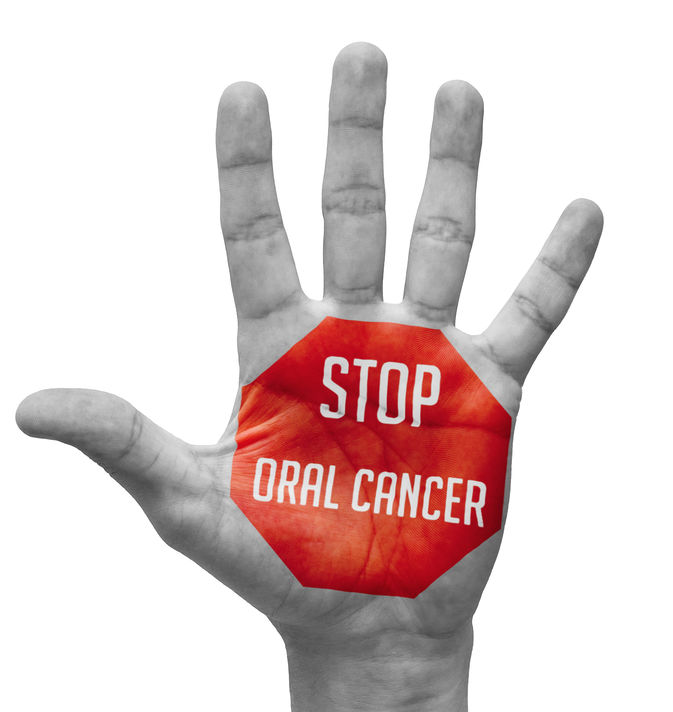Smoking has been a well-known health hazard for decades, but the emergence of vaping has added a new dimension to the conversation. While vaping is often marketed as a safer alternative to traditional cigarettes, it comes with its own set of risks, particularly for younger users.
Let’s explore the dangers associated with both smoking and vaping, highlighting the importance of awareness and prevention.
The Dangers of Smoking
Smoking tobacco is a leading cause of preventable deaths worldwide. The harmful effects are well-documented and extensive.
“Tobacco use remains the leading cause of preventable death in the U.S., accounting for about 1 in 5 deaths each year,” says the American Cancer Society. “On average, people who smoke die about 10 year earlier than people who have never smoked.”
Some of the harmful effects of smoking include:
- Cancer: Smoking is directly linked to various types of cancer, including lung, throat, mouth, esophagus, pancreas, bladder, and cervix. It accounts for 80 percent of all lung cancer cases.
- Cardiovascular Diseases: Smoking increases the risk of heart disease, stroke, and hypertension. It contributes to the buildup of plaque in arteries, leading to atherosclerosis.
- Respiratory Issues: Chronic Obstructive Pulmonary Disease (COPD), chronic bronchitis, and emphysema are common among smokers. Smoking damages the airways and lung tissue.
- Weakened Immune System: Smokers are more susceptible to infections like pneumonia and influenza due to compromised immune function.
- Reproductive Health: Smoking affects reproductive health in both men and women, causing erectile dysfunction in men and complications during pregnancy for women, including premature birth and low birth weight.
“Smoking causes about 20 percent of all cancers and about 30 percent of all cancer deaths in the United States,” says the American Cancer Society. “About 80 percent of lung cancers, as well as about 80 percent of all lung cancer deaths, are due to smoking. Lung cancer is the leading cause of cancer death in people in the United States.”
The American Cancer Society highlights that smoking harms nearly organ in the body and can affect your health in many ways, including:
- Increased risk of gum disease and tooth loss.
- Lowered immune system function.
- Increased risk of type 2 diabetes.
- Decreased sense of smell and taste.
- Premature aging of the skin.
- Bad breath and stained teeth.
- Lower bone density (thinner bones), which means a higher risk for broken bones, including hip fracture.
- Higher risk of rheumatoid arthritis.
- Increased risk for cataracts (clouding of the lenses of the eyes).
- Increased risk for age-related macular degeneration, which can lead to blindness.
- Wounds take longer to heal.
The Emerging Threat of Vaping
Vaping involves inhaling aerosolized liquid, typically containing nicotine, flavorings, and other chemicals.
“Vape liquids can come in many sweet and fruity flavors making them popular among teens and young adults. The liquid in vape products can also contain harmful substances like antifreeze, heavy metals, and cancer-causing agents,” warns Johns Hopkins Medicine.
- Nicotine Addiction: Most e-cigarettes contain nicotine, which is highly addictive and harmful to adolescent brain development. It can lead to addiction and long-term use.
- Harmful Chemicals: Vaping liquids contain substances like propylene glycol and vegetable glycerin, which, when heated, produce harmful byproducts such as formaldehyde and acrolein.
While initially perceived as a safer alternative to smoking, vaping poses significant health risks:
- Lung Damage: Vaping has been linked to a condition known as EVALI (E-cigarette or Vaping Product Use-Associated Lung Injury). Symptoms include cough, shortness of breath, and chest pain.
- Cardiovascular Effects: Like smoking, vaping can increase heart rate and blood pressure, contributing to heart disease.
- Oral Health: Vaping can cause gum inflammation, dry mouth, and an increased risk of dental issues.
- Potential for Long-term Effects: The long-term health effects of vaping are still unknown, but early evidence suggests potential risks like those of smoking.
“1 in 4 high school students in the U.S. reported using vape products. Teens who use vape are more likely to use cigarettes and other tobacco products,” says Johns Hopkins Medicine. “Chemicals in vape liquid may lead to lung disease and cancer. Many vape products contain nicotine which can be harmful. The nicotine in vape products is highly addictive. It can harm the brain and affect attention and learning.”
Comparison: Smoking vs. Vaping
While both smoking and vaping are harmful, their risks and mechanisms differ.
- Addiction: Both smoking and vaping can lead to nicotine addiction, but the higher concentration of nicotine in some e-cigarettes can make vaping more addictive.
- Chemical Exposure: Smoking involves inhaling thousands of harmful chemicals from burning tobacco, while vaping involves inhaling aerosolized chemicals, some of which may also be harmful.
- Health Impact: Smoking has a well-documented impact on cancer, heart disease, and respiratory issues. Vaping’s long-term effects are less understood but show similar short-term health risks.
“Vaping is not a safe alternative to cigarettes or other tobacco products,” American Dental Association President Chad Gehani, D.D.S. said in 2019. “When it comes to your teeth and gums, vaping could be just as dangerous as cigarette smoking.”
Despite the best efforts to get out the message about the dangers of vaping, the CDC found in 2023 that e-cigarettes were the most used tobacco product and that most middle and high school students who vape want to quit and have tried to quit.
The CDC concluded: “In the United States, youth use e-cigarettes, or vapes, more than any other tobacco product. No tobacco products, including e-cigarettes, are safe, especially for children, teens, and young adults. Most e-cigarettes contain nicotine, which is highly addictive. Nicotine can harm the parts of an adolescent's brain that control attention, learning, mood, and impulse control.”
The Importance of Prevention and Cessation
Preventing youth from starting to smoke or vape is crucial. Parents, educators, and healthcare providers should discuss the risks with young people and provide resources for resisting peer pressure.
“E-cigarettes are hooking a new generation on nicotine – putting millions of kids at risk and threatening decades of progress in reducing youth tobacco use. It’s a nationwide crisis of youth addiction, fueled by thousands of kid-friendly flavors and massive doses of nicotine,” says the Campaign for Tobacco-Free Kids.
For those who already smoke or vape, quitting is the best way to reduce the associated health risks.
Resources such as nicotine replacement therapy, counseling, and support groups can help individuals quit. Check out the American Lung Association's “Helping Teens Quit” page for more resources.
While the long-term effects of vaping are still being studied, both smoking and vaping pose significant risks to health.
By understanding these dangers and taking steps to prevent and curb usage, we can work towards a healthier future for all. If you or someone you know is struggling with smoking or vaping, don't hesitate to reach out for help.







